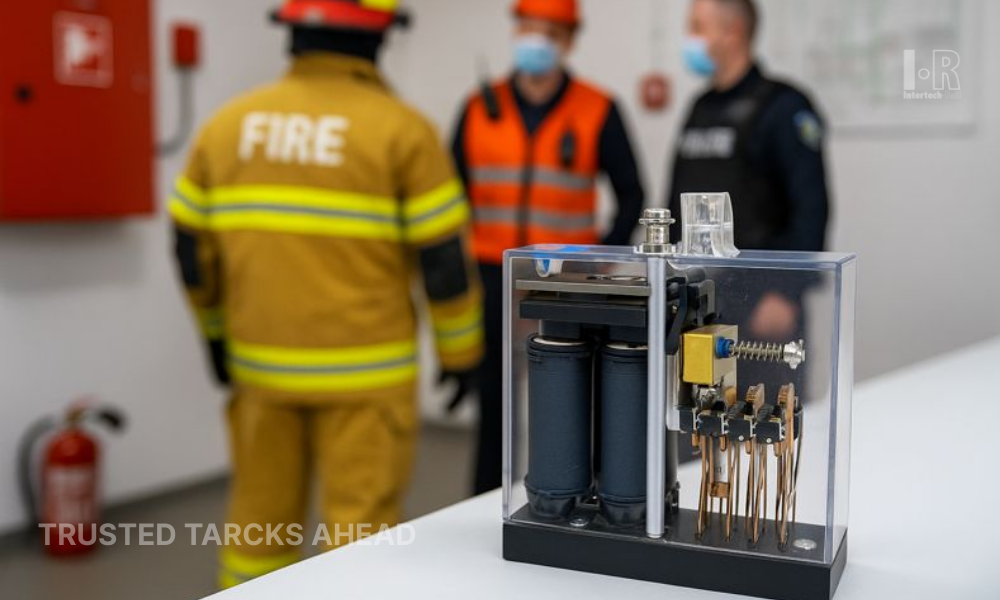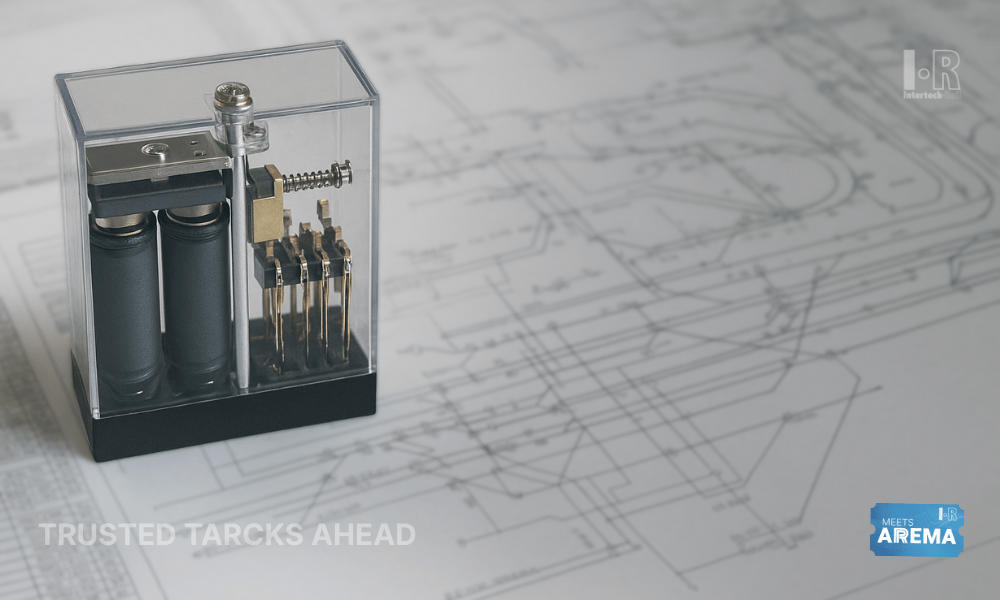Freight Car Tracking Systems: GPS and RFID
Freight Car Tracking Systems: GPS and RFID for Complete Fleet Management
Why Tracking Matters
Freight trains are not small. A consist can pull hundreds of wagons, moving grain across Brazil, coal in the United States, or containers between ports and inland hubs. Losing sight of one car means delays, disputes, and higher costs. That is why railways have shifted from paper logs and radio calls to digital freight car tracking systems. The goal is simple: know where the locomotive is and which wagons are with it, at any time.
Why GPS Alone Is Not the Answer
It sounds obvious: put GPS everywhere. But wagons do not have power. A GPS box on each car would need batteries, and batteries do not last forever. Imagine changing or charging them across an entire fleet—thousands of wagons, every year. It does not work in practice.
Even when GPS runs well on locomotives, it has blind spots. In a tunnel, the signal drops. In cities, tall buildings bounce it around. Storms, interference, and even deliberate spoofing can all cause errors. GPS is a strong tool, but standing alone, it cannot guarantee reliable wagon tracking.
RFID as the Everyday Solution
RFID tags fix this gap. Each tag is passive: no energy required. A reader beside the track picks up the tag as the train rolls past. That record proves which cars are moving, where, and when. Railroads like it because tags last decades, cost little, and rarely fail. It is the practical way to follow wagons without worrying about power.
GPS + RFID Together
The best results come from using both. GPS in the locomotive shows the train’s live position. RFID tags on wagons prove exactly which cars are attached. Combine them and you see the whole picture: where the train is, and what it is carrying.
This mix brings real gains:
- Yards can plan faster, because train consists are verified.
- Safety improves, since no wagon disappears from the system.
- Costs stay low, with GPS limited to locomotives and RFID handling wagons.
Turning Data Into Action
With this flow of GPS and RFID data, dispatchers stop guessing. Customers can check the status of shipments online. Yards cut delays. Over time, operators use the records to plan better and run tighter schedules. Tracking turns into full fleet management, a shift that makes a real difference in daily work.
Further Reading
For more on the risks of GPS-only systems, read our earlier article: The Challenges of GPS-Only Systems in Rail Automation.




